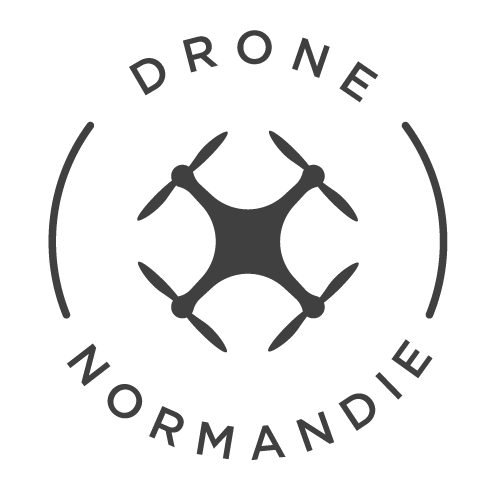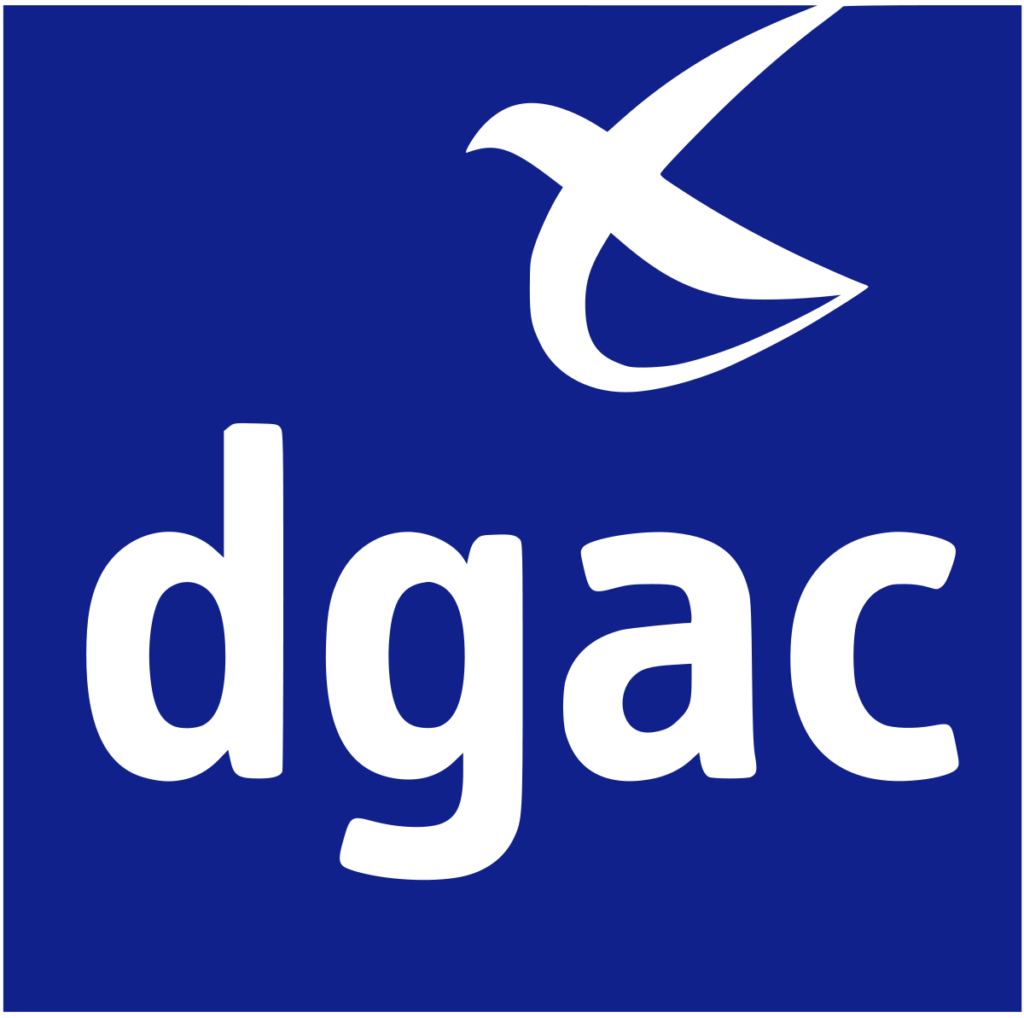Drone photography has become an art accessible to all, thanks to innovative brands like DJI and Parrot. These two giants dominate the market, but which one should you choose for your aerial photography needs? In this article, we compare the strengths and limitations of DJI and Parrot drones to help you make the right choice.
DJI: The world reference for aerial photography
Advantages of DJI drones
Outstanding image quality
DJI is renowned for its high-quality camera sensors, often comparable to those on professional cameras. For example:- DJI Mavic 3: equipped with a Hasselblad 4/3 CMOS camera, it captures incredible detail even in low-light conditions.
- DJI Air 2S: with a 1-inch sensor capable of 5.4K filming and RAW photo capture.
Stability and advanced technology
DJI drones feature advanced stabilization systems, such as the 3-axis gimbal, which guarantees sharp, vibration-free images, even in mid-air.Easy to use
With features such as :- ActiveTrack mode for tracking moving subjects.
- MasterShots mode, which automatically generates impressive photo and video sequences.
DJI ecosystem
DJI offers a wide range of accessories and applications such as DJI Fly and DJI GO, providing advanced settings for professionals and user-friendly options for beginners.
Disadvantages of DJI drones
- High price: DJI drones are often more expensive, which can be an obstacle for hobbyists on a budget.
- Size and portability: some models, like the DJI Inspire 2, are bulky.
- Dependence on a closed ecosystem: Accessories and spare parts are often specific to DJI.
Parrot: An innovative, European alternative
Advantages of Parrot drones
Compact and portable
Parrot drones, like the Parrot Anafi, are distinguished by their light weight and foldable design, ideal for traveling photographers.Competitive photo quality
The Parrot Anafi offers a 4K HDR camera with lossless digital zoom, perfect for capturing details without getting physically close to the subject.Attractive prices
Parrot’s drones are often more affordable than DJI’s, while still offering advanced features.European innovation
Unlike DJI, Parrot is a French company that values data confidentiality. For security-conscious users, this is an important asset.
Disadvantages of Parrot drones
- Fewer high-end models: Parrot focuses more on mid-range drones, limiting options for demanding professionals.
- Less stability in difficult conditions: Parrot’s stabilization systems perform well, but are slightly inferior to those of DJI.
- Fewer automatic features: Intelligent modes are more basic than DJI’s advanced options.
Comparison of leading models
| Criteria | DJI Air 2S | Parrot Anafi |
|---|---|---|
| Photo quality | 1″ sensor (20 MP) | 4K HDR camera (21 MP) |
| Zoom | Digital, with slight loss | Lossless digital zoom (up to 2.8x) |
| Operating time | Approx. 31 minutes | Approx. 25 minutes |
| Portability | Compact, but a little heavier | Ultra-light and foldable |
| Price | ~1000 € | ~700 € |
Which drone should you choose for aerial photography?
Choose DJI if:
You’re looking for the best image quality, advanced features, and drones suited to professionals or demanding projects. DJI is ideal for those who want to push their creativity to the limit.Choose Parrot if:
You prefer lightness, ease of use and excellent value for money. Parrot is perfect for hobbyists or photographers on the move.
Conclusion
Both DJI and Parrot have their strong points, and the choice will depend mainly on your needs and budget. For demanding enthusiasts, DJI remains the benchmark. For travelers or hobbyists looking for a high-performance yet affordable drone, Parrot is an excellent alternative.

